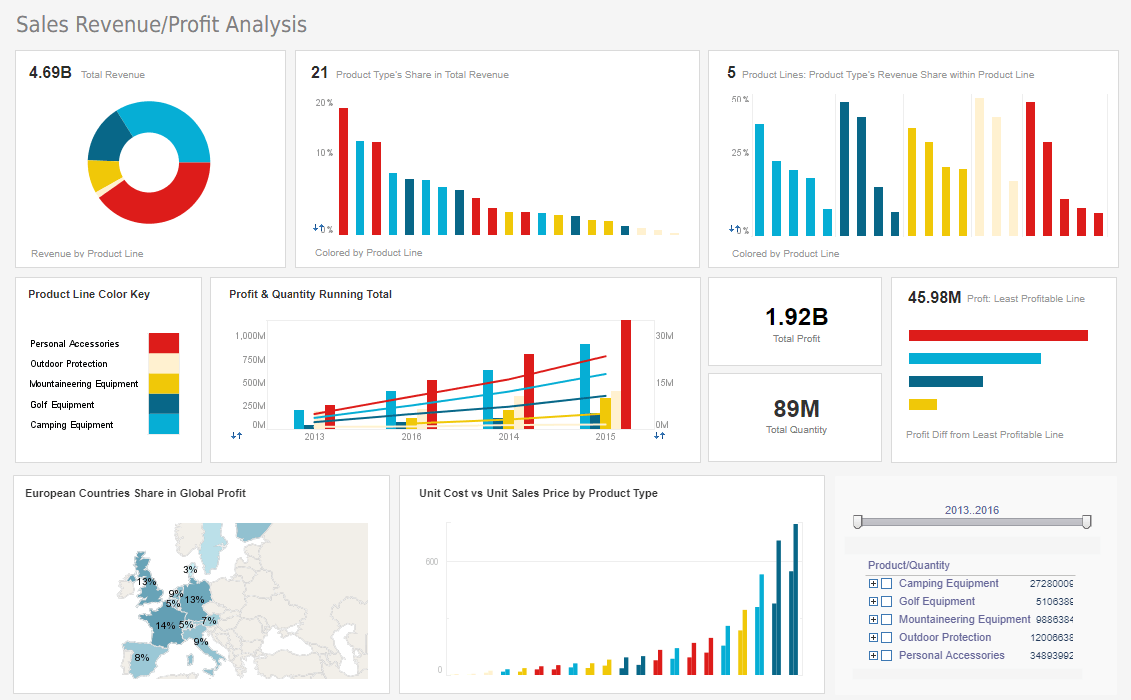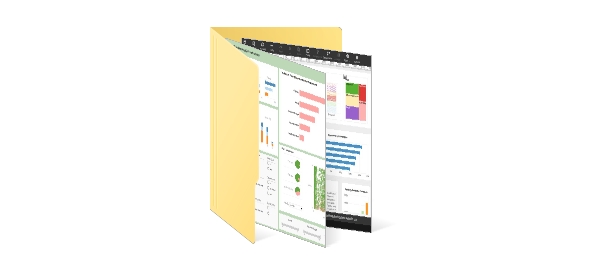Web Reports Builder
InetSoft's award-winning software, StyleBI includes a high-performance Web reporting engine that enables sophisticated and flexible reporting.
Users can build their own reports and personalize them through parameterization or other security features.
Access to Multiple Data Sources
Data sources tend to be diverse in nature. A reporting application will often need to retrieve data from multiple data sources, each with a different protocol. Instead of forcing a relational view on all data sources, the StyleBI engine allows report developers to connect to any data source through a Java API.
The most common data sources using the visual query builder. Style Report's professional authoring tool combines word-processing grade design with dynamic data manipulation.
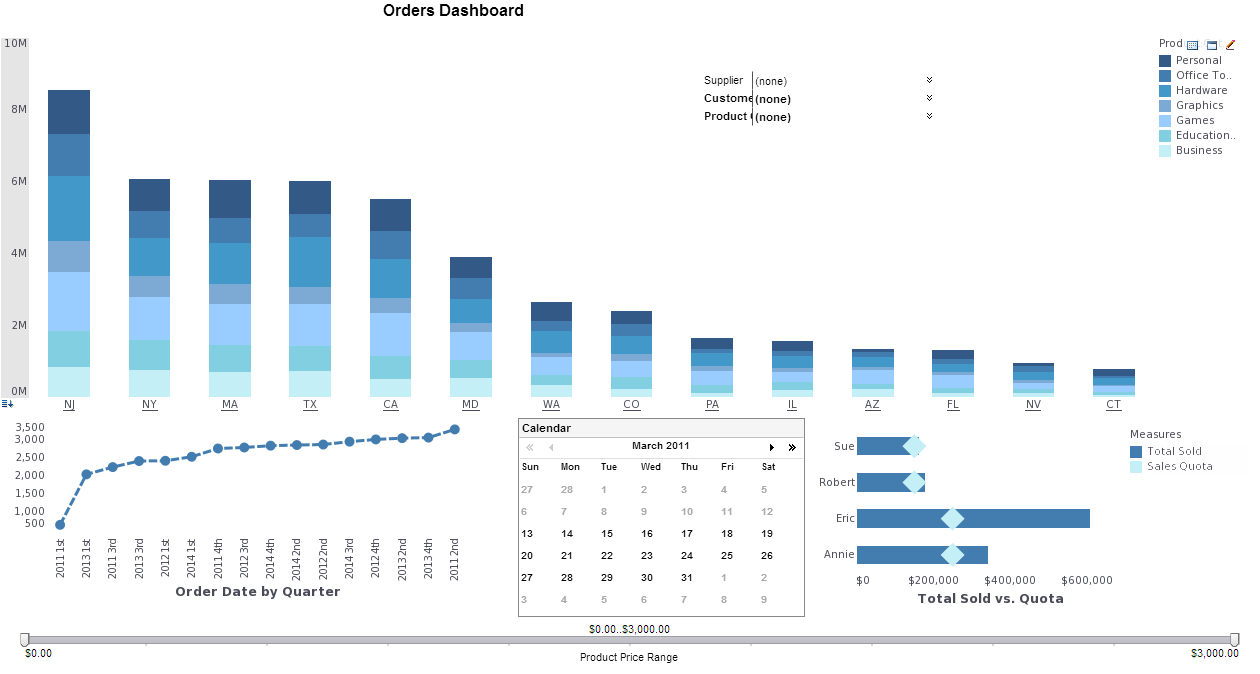
Key capabilities include:
-
Deliver professional, high fidelity presentation
-
Transform and manipulate raw data
-
Embed business logic with scripting
-
Enhance manageability and agility
You can deliver on-demand reports on the Web. In-report exploration capabilities empower business users with the ability to reshape information in real time.
Key benefits include the ability to:
-
Gather up-to-the-minute information
-
Reshape reports in real time
-
Minimize performance bottlenecks
InetSoft’s report scheduling, bursting, and archiving capabilities allow for flexible batch report generation.
Report bursting separates report pages into security controlled sections.
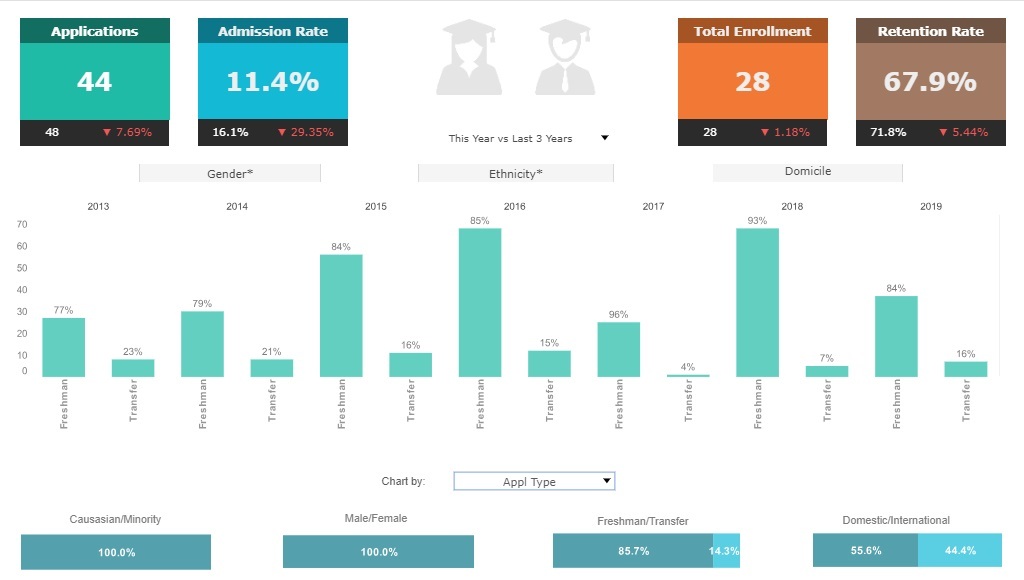
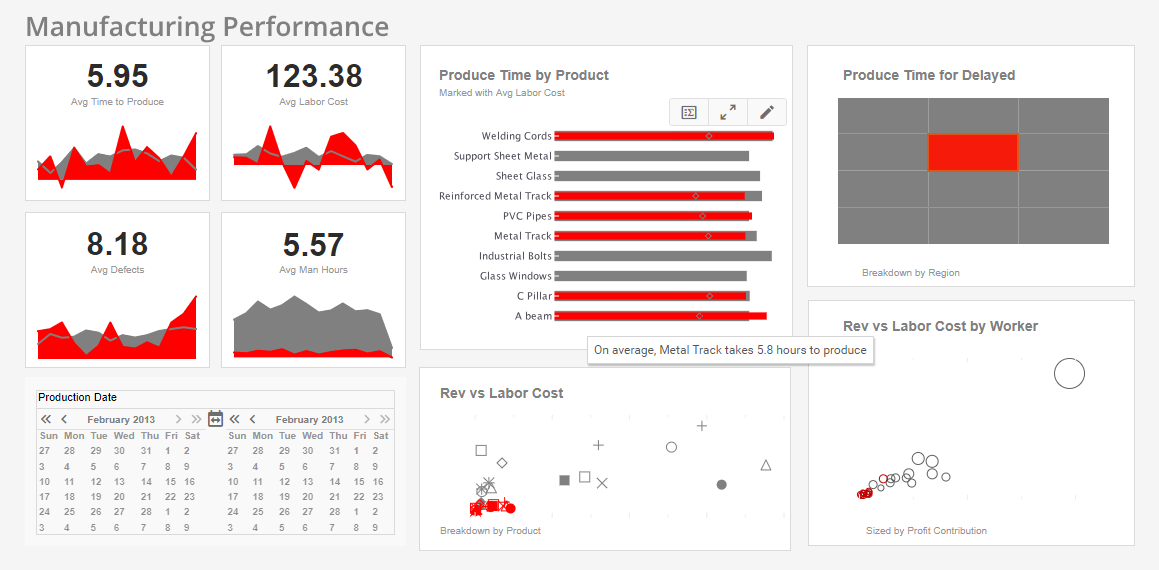
Key features are:
-
Personalize information delivery
-
Relieve system resource conflict
-
Ensure viewing response time
-
Enable large data volume reporting
Comparing StyleBI to Telerik: A Comprehensive Overview
When organizations evaluate business intelligence and reporting solutions, two options that often arise are InetSoft’s StyleBI and Telerik’s reporting and analytics suite. Both platforms provide visualization tools for visualizing data, building reports, and delivering insights across web and desktop environments. However, they differ in their approach to deployment, integration, customization, and user experience. Understanding the distinctions between StyleBI and Telerik is essential for businesses seeking a solution that aligns with their technical infrastructure, user needs, and long-term growth plans.
Deployment Models and Accessibility
StyleBI is primarily a web-based platform that allows users to access reporting, dashboards, and analytics entirely through a browser. Its architecture supports on-premises, cloud-hosted, and hybrid deployments, making it highly flexible for organizations with diverse IT environments. The web-first design ensures accessibility for remote teams, mobile users, and embedded analytics within web applications or portals. StyleBI’s focus on open-source deployment enables organizations to control the software stack, customize it, and scale it according to their requirements.
Telerik, on the other hand, is primarily a suite of development tools that includes reporting, reporting engines, and analytics components. It is often deployed as part of a .NET application or integrated into existing software projects. While Telerik does provide web-based reporting through its reporting server, it is tightly coupled with Microsoft’s ecosystem and development frameworks. This makes deployment straightforward for organizations invested in .NET but less flexible for cross-platform or open-source environments.
User Experience and Self-Service
One of StyleBI’s standout features is its emphasis on self-service analytics. Business users, managers, and analysts can build queries, dashboards, and reports using a drag-and-drop interface without needing deep technical skills. The platform’s visual query builder allows non-technical staff to combine datasets, perform aggregations, and generate interactive visualizations quickly. This self-service focus reduces the dependency on IT teams for routine reporting tasks and promotes a data-driven culture across the organization.
Telerik provides a robust set of reporting tools, but its primary audience is developers. Creating and customizing reports in Telerik typically involves coding, either in C# or through the Telerik Report Designer. While the designer offers WYSIWYG editing and supports a range of report types, non-technical users may still require developer assistance to modify or generate new reports. As a result, Telerik is ideal for organizations where IT or software development teams handle most reporting needs, whereas StyleBI caters more directly to business users and analysts seeking self-service capabilities.
Data Connectivity and Integration
StyleBI excels at connecting to a wide variety of data sources. It supports SQL databases, NoSQL systems, cloud applications, spreadsheets, and web APIs. Its Data Block™ technology enables on-the-fly mashups of disparate data sources, allowing users to combine transactional, warehouse, and external datasets in a single visualization or report. This flexibility is particularly valuable for organizations with complex or heterogeneous data environments, as it reduces the need for extensive ETL processes and allows rapid experimentation with new data combinations.
Telerik supports SQL Server, Oracle, MySQL, PostgreSQL, and a few other major relational databases. It also provides connectivity to business objects and some cloud services. While Telerik’s reporting engine can access multiple sources, it is more developer-centric and often requires coding or pre-configured adapters. For organizations with highly diverse or evolving data landscapes, StyleBI’s data mashup capabilities provide a clear advantage in agility and speed of report creation.
Customization and Extensibility
StyleBI is open-source and highly extensible. Organizations can modify visual components, integrate custom connectors, and extend functionality to meet unique business requirements. Its API framework allows embedding dashboards into other applications, applying custom theming, and automating report generation. The open architecture gives IT and development teams full control over the analytics environment, which is critical for companies that need tailored solutions or anticipate rapid growth and changes in data strategy.
Telerik also offers customization options, particularly for developers who want to integrate reporting into .NET applications. The platform supports custom code, scripting, and extensions through its reporting engine, and reports can be embedded into applications with some configuration. However, Telerik’s customization is largely limited to the .NET ecosystem, making cross-platform integration or non-Microsoft technology adoption more challenging. For organizations seeking open-source flexibility or vendor independence, StyleBI provides a more adaptable solution.
Performance and Scalability
StyleBI is designed to handle large datasets and high user concurrency. Its architecture supports caching, query optimization, and data aggregation techniques to ensure fast performance even for complex queries and dashboards. Because it can run in cloud or on-premises environments, organizations can scale horizontally by adding more nodes or resources as data volumes and user numbers grow. This makes StyleBI suitable for both small teams and enterprise deployments requiring high availability and rapid reporting.
Telerik is performant for individual reports and small to medium-sized applications, but scaling to enterprise-level deployments with thousands of concurrent users can be more complex. Its reliance on .NET and server-based reporting models requires careful planning of infrastructure and resources to maintain responsiveness under high load. Organizations expecting large-scale usage or dynamic multi-source queries may find StyleBI better suited to scalable and distributed analytics environments.
Visualization and Dashboarding
StyleBI provides a wide range of modern, interactive visualizations, including charts, tables, heat maps, and geographic maps. Users can create dynamic dashboards with drill-down, filtering, and parameterized reports. The platform emphasizes real-time analytics, enabling managers to monitor operations, production, sales, and performance metrics as they occur. Embedded dashboards can be fully branded and customized, ensuring a seamless experience for internal teams or external customers.
Telerik offers a robust set of reporting and visualization controls, particularly for developers creating custom applications. While it supports charts, tables, and interactive elements, its dashboarding capabilities are not as immediately self-service oriented. Creating interactive dashboards often requires more developer involvement, limiting accessibility for business users who want to explore data visually without coding.
Support and Community
StyleBI benefits from an open-source community, along with professional support options from InetSoft. The open-source nature allows organizations to access source code, share best practices, and collaborate with other users. Professional support ensures that enterprise clients receive timely assistance, training, and guidance for complex deployments. The combination of community and professional resources provides both flexibility and reliability.
Telerik has a well-established support ecosystem, including documentation, forums, and dedicated customer service. As a commercial product, it offers formal support channels, but assistance is often focused on developers rather than business users. Telerik’s support excels for technical integration questions and .NET-specific issues, whereas StyleBI’s model supports a broader range of use cases, including self-service adoption and non-technical analytics.
Cost Considerations
StyleBI’s open-source model provides a cost advantage for organizations seeking enterprise-level BI capabilities without per-user licensing fees. Enterprises can deploy it widely across departments or clients with predictable costs. Additional modules, professional support, and cloud hosting options are available for organizations requiring enterprise-grade reliability and service.
Telerik is a commercial product with licensing based on developer seats or server installations. While it provides high-quality developer tools and reporting engines, costs can increase significantly as teams and deployment scales grow. For organizations seeking broad self-service analytics access without escalating fees, StyleBI’s cost model is often more attractive.
Summary
StyleBI and Telerik serve overlapping but distinct markets. StyleBI emphasizes web-based, self-service analytics, broad data integration, open-source flexibility, and enterprise scalability. It caters to organizations that want non-technical users to create reports, dashboards, and visualizations independently while maintaining developer control for customization and embedding.
Telerik excels as a developer-focused reporting and visualization suite within the .NET ecosystem. It is ideal for organizations that need to integrate reporting tightly into custom applications and have technical teams capable of managing report design and maintenance. However, it is less accessible to non-technical users and less flexible in multi-platform or open-source environments.
Ultimately, the choice between StyleBI and Telerik depends on organizational priorities. Companies that value self-service, web accessibility, open-source flexibility, and broad data integration will find StyleBI compelling. Organizations focused on developer-driven reporting within Microsoft environments may prefer Telerik’s suite. Understanding these differences allows businesses to select the platform that best aligns with technical resources, data strategy, and user needs.
